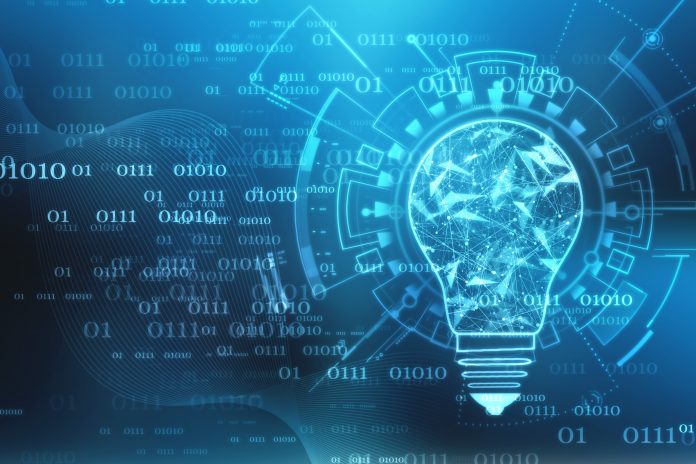Agnieszka Kuczynska from EU-Japan Centre for Industrial Cooperation, details the current rapid growth in artificial intelligence in Japan
Current rapid growth in artificial intelligence (AI) is fuelled predominantly by the rediscovery of deep learning. When it first surfaced 15 years ago, the concept was met with unfavourable conditions and largely abandoned in the aftermath. Nowadays, deep learning is back, circumstances are right and the field flourishes.
The described third boom in artificial AI and subsequent tightening technological and economic competition sent ripples through various aspects of the social realm, including policymaking. Many countries began working on national AI strategies, including current leaders – China and U.S. – and Japan also followed suit.
Society 5.0.
However, what distinguishes Japan from other countries is a consistent concept underlying all introduced regulation – the vision of Society 5.0. This new form of society is saturated with AI-related technology, which not only improves the lives of its members, but also creates new aspects and new values. Individual needs are met in a timely and proportionate manner allowing for fulfilled and contented lives. With society 5.0 as a targeted outcome, the recently updated AI Strategy 2019 contains a wide spectrum of necessary actions comprising both facilitating the development of AI and utilising it for the advancement of industry and society.
The strength of the strategy lies in its emphasis on the practical application of AI, Japanese policymakers correctly recognised the versatility of AI and its potential to pervade and transform any given field, employing it to improve and lower costs of various processes, perform tasks beyond human capabilities and gain insight where human-operated analysis didn’t reach.
The strategy aims not only to improve situation on a national level, targeting five designated priority areas (manufacturing, transportation and logistics, health and medical care, agriculture and disaster response) but also globally – by helping solve major societal problems like ageing society or labour shortage, diversification of energy sources, GHG reduction or more efficient waste management, which lines up perfectly with achieving Sustainable Development Goals. According to the strategy, the solutions developed in Japan would then be made available for the world and if realised successfully, it might just be the advantage that Japan needs to win over its competitors.
Still, reaching the targets mentioned above requires major efforts in at least three vital areas: R&D, data and human resources.
At the moment, Japan along with the rest of the world struggles with a lack of educated professionals capable of handling AI-related technologies. The short-term relief could be brought by encouraging more women to participate in the job market and attracting skilled resources form overseas. In the long-term perspective, Japan is preparing for major educational system reform, introducing AI into curricula and making it obligatory part of the university entrance exam, creating a learning inducive environment for students (sufficient network infrastructure and access to communication devices) and facilitating lifelong learning for the existing workforce.
Data
Recognising data as the sine qua non for the development of AI, the Japanese Government is making considerable effort to facilitate data circulation while maintaining its quality. Notable examples include The Basic Act on the Advancement of Utilising Public and Private Sector Data and The Act on the Protection of Personal Information. It is also worth mentioning, that all the practical applications of AI planned in the new AI Strategy are designed as two-way data flows – one direction is technology and data deployment into the industry area and the other is the data gathered from users feeding further development of AI. To organise and structure the exchange, the Japanese Government plans to construct a data linkage infrastructure.
R&D programmes
Finally, a lot of effort is also directed at the R&D area, with establishing a network of centres of excellence as the first step. In the search for disruptive innovation, the Japanese Government initiated many R&D programmes, the last of which – Moonshot R&D – positively surprises with scale and forwardness and also offers many opportunities for international collaboration for European partners.
Japan and EU
Japan certainly seems determined to embrace and take advantage of AI’s potential in transforming its own society and reinforcing its global position. It would, therefore, be beneficial for European companies to closely follow Japan’s next movements, as the two have a lot in common. With a shared approach to technology and related values (confirmed recently by the European Union’s (EU) welcoming Japan’s Social Principles of Human-Centric AI) and common rivals, Japan and EU are natural allies and its high time to capitalise on cooperation potential.
For more information about AI policy in Japan, see the “Analysis of opportunities for EU SMEs in Japan‘s Data Economy and Artificial Intelligence in connection with Robotics” report available on the EU-Japan Centre for Industrial Cooperation website.











